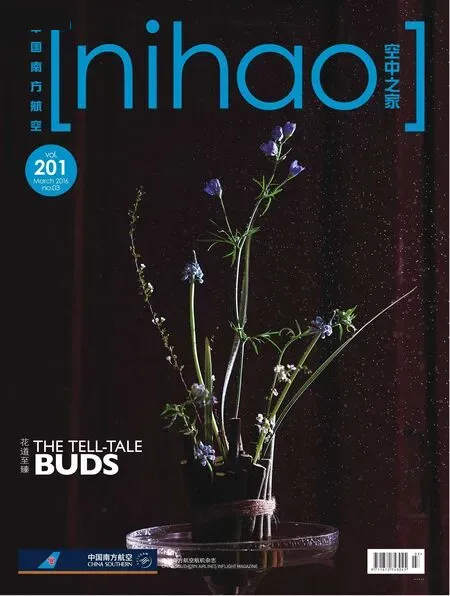UNRlVALED WEALTH OF CANTON FACTORlES
2016-04-14TexteditedfromLectureRoombyChinaCentralTelevisionTranslationbyLeo
Text edited from Lecture Room, by China Central Television Translation by Leo
UNRlVALED WEALTH OF CANTON FACTORlES
Text edited from Lecture Room, by China Central Television Translation by Leo
图片由文仕文化博物档案馆提供

Around 200 years ago, Guangzhou (then Canton) was a city with a group of merchants whose wealth was beaten by none in the Western world and was coveted, even by the Qing government. The merchants were so rich that the government ordered them to pay war reparations on its behalf. These merchants were famously known as the imperial “Thirteen Factories” or “Canton Factories”.
Just how wealthy were they? It was recorded that a fire burning for seven days and nights at the Thirteen Factories site in 1822 claimed an asset of 200 kg of silver, equivalent to one year's income of the Qing government.
When the Qing court first opened the seas to trade, its foreign trade system was far from being well-established and the offi cial management of incoming foreign merchant vessels was in a state of chaos. Large merchant vessels were often mishandled and thus were kept off theharbour. Over time, on the banks of the Pearl River appeared many trading houses, which collected goods and distributed them to foreign merchants.
These trading houses (factories or Hongs) were, in fact, brokers or middlemen whose chief role was to arrange deals between sellers and buyers in return for a commission. Originally, middlemen were individuals whose principal place of business was marketplaces in rural and urban areas. As the commercial economy developed in the Ming and Qing dynasties, middlemen emerged in large numbers and came in the form of trading houses.
In the spring of 1686, thirteen trade houses were offi cially appointed by the local government to form a guild with exclusive rights to do business with foreign traders and collect, on behalf of the Customs, customs duties on import and export goods.
Almost all major countries and regions in Asia, Europe and America had some sort of direct trade relationship with the Middle Kingdom through Thirteen Factories as maritime trade routes extended from Canton to all major ports around the world. As a result of the Single Port Commerce System adopted by the Qing court, Canton became the only port in China open to foreign trade for a time. The system gave rise to the most glorious moments of all time in the history of Canton, both economically and culturally, making it one of the most renowned and richest trade ports all over the world.
富可敌国的广州十三行
在170多年前的广州,有这样一个商人群体:他们被西方认为是18—19世纪世界上最富有的商人,手中掌握的财富连政府都要眼红,以至要勒令他们代缴战争赔款——这就是被称为帝国商行的“广州十三行”。
这群人究竟掌握了多少财富?据史料记载,1822年发生在十三行的一场大火持续七昼夜,大火中熔化的洋银满街流淌,竟流出一二里地,仅此一场大火就烧毁了价值4000万两白银的财物。
清政府并没有成型的外贸体制。在清政府开关初期,接待西方商船的制度极其混乱,遇到大量船只到来,官员经常招架无方,洋船常被堵在港外迟迟不得贸易。于是,广州珠江岸边有着大量的商户牙行便应运而生,它们用正常的经济手段集散货物,深受外商欢迎。1686年春,广东官府招募了十三家较有实力的牙行经纪人,指定他们与洋船上的外商做生意并代海关征缴关税。这被普遍认为是十三行外贸组织建立的标志。从此,一个全新的商人团体开始慢慢登上历史舞台。

Canton1840 is an initiator of mobile museums. Mr. Wen Shi, owner of the Canton1840 mobile museum, has been collecting forty thousand items representing Lingnan region culture and European culture in over forty years.
(WeChat∶ canton1840)
文仕文化博物档案馆是“近代海丝文化流动博物馆”概念的创导者。馆长文仕先生历经40多年对珠江岭南地域文化及欧洲百年文化的搜集,收藏了近40000件博物馆级珍贵史料文物。(官微canton1840)
